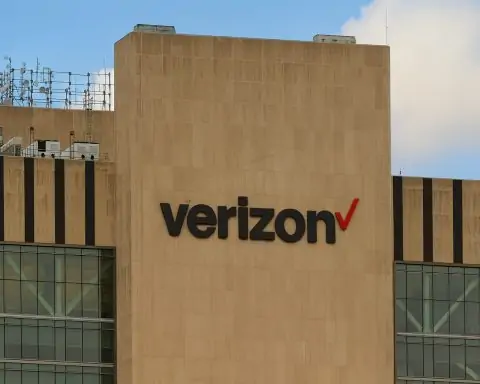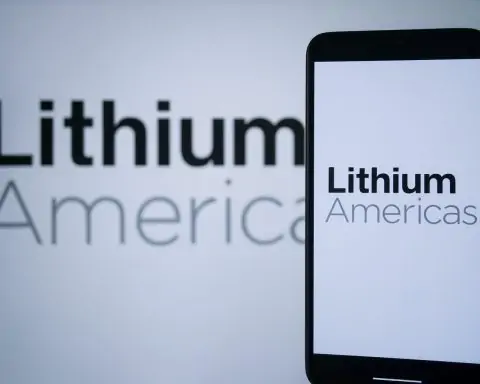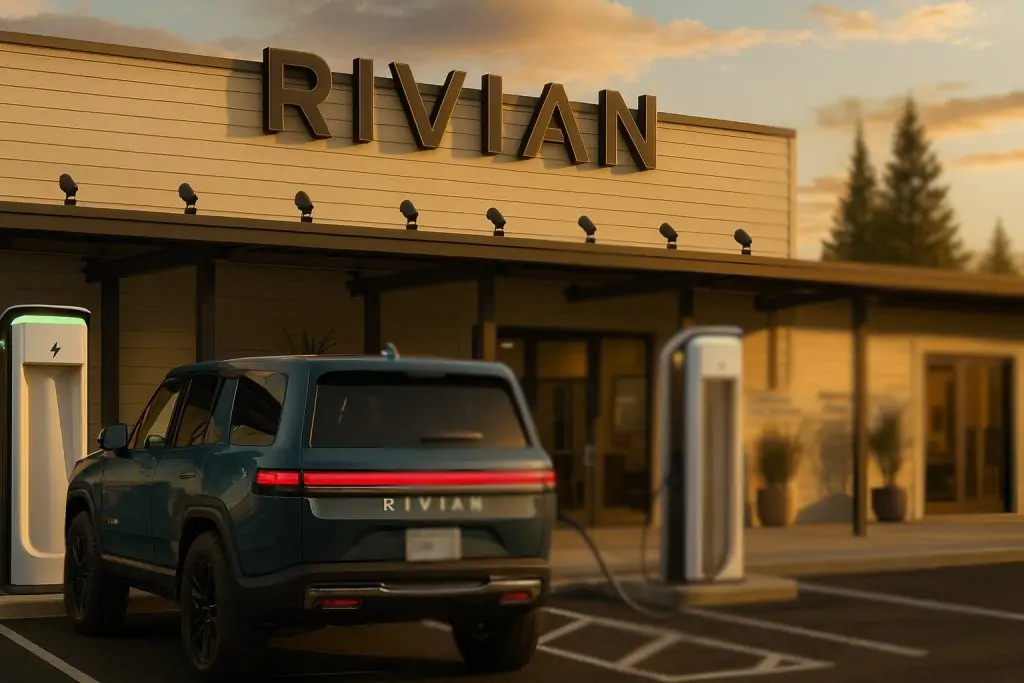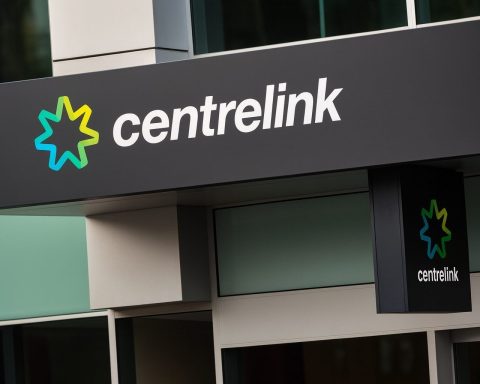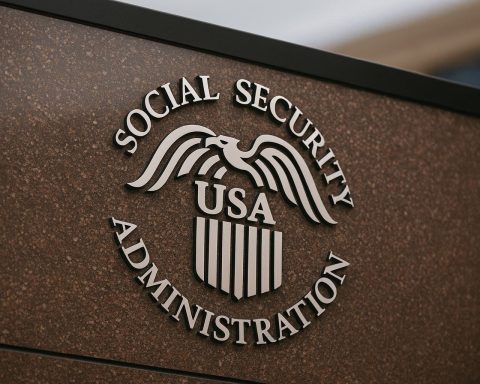- 2026 Social Security and SSI benefits are officially rising 2.8%, lifting the average retired worker’s check by about $56 a month. [1]
- New 2026 limits are set: the taxable wage cap climbs to $184,500, earnings-test thresholds and disability thresholds go up, and the maximum benefit at full retirement age increases to $4,152 per month. [2]
- Medicare Part B premiums will jump to $202.90 in 2026, up from $185 in 2025 — a nearly 10% increase that could eat up about a third of the average COLA raise. [3]
- A new Senate bill — the Social Security Emergency Inflation Relief Act (S.3078) — proposes an extra $200 per month for six months in 2026, on top of the COLA, but it’s only at the “introduced” stage in Congress. [4]
- Most people will see their higher benefit in January 2026, while SSI recipients get their first increased payment on December 31, 2025. [5]
Let’s break down what’s locked in, what’s still just a proposal, and what it all means for your 2026 Social Security income as of today, November 17, 2025.
1. The 2026 COLA is official: 2.8% across Social Security and SSI
On October 24, the Social Security Administration (SSA) confirmed that benefits will rise 2.8% in 2026, based on inflation as measured by the CPI‑W (Consumer Price Index for Urban Wage Earners and Clerical Workers). [6]
According to SSA’s 2026 COLA fact sheet: [7]
- Number of people affected
- About 75 million Americans across Social Security and SSI will see higher payments.
- Average retired-worker benefit
- 2025 average: $2,015 per month
- January 2026 average: $2,071 per month
- That’s about $56 more per month.
- Maximum benefit at full retirement age
- 2025: $4,018 per month
- 2026: $4,152 per month
- SSI federal payment standard
- Individual: rises from $967 to $994
- Couple: rises from $1,450 to $1,491
The COLA is permanent. Once your benefit is adjusted upward, that higher base stays in place (subject to future COLAs) for as long as you’re eligible.
2. When will you actually see the higher amount?
SSA has now laid out the exact timing: [8]
- Social Security (retirement, spousal, survivor, disability)
- The new, higher amount shows up in your January 2026 payment.
- SSI (Supplemental Security Income)
- The higher SSI amount starts with the December 31, 2025 payment, which counts as January’s benefit for SSI.
- COLA notices
- Online: If you have a my Social Security account set up by November 19, 2025, you’ll see your personalized COLA notice in the Message Center in early December. [9]
- By mail: Paper notices are mailed through December; it’s normal for people in the same household to receive them on different days.
Fastest way to know your exact 2026 benefit
- Create or log in to your my Social Security account. [10]
- Check the Message Center in early December for your COLA notice, which shows your 2025 amount, 2026 amount, and deductions like Medicare.
3. How much more will your Social Security check be in 2026?
Because the COLA is 2.8%, your increase depends on your current benefit. Some useful examples using today’s coverage and official numbers: [11]
- Average retired worker (official SSA example)
- 2025: ~$2,015
- 2026: ~$2,071
- Increase: about $56 per month
- If your monthly benefit is $1,700 in 2025
- 2.8% of $1,700 ≈ $47.60
- New gross benefit: roughly $1,747.60 per month.
- If you receive $1,200 per month
- 2.8% increase ≈ $33.60
- New gross benefit: about $1,233.60.
- If you’re at the 2025 maximum benefit of $4,018
- Official 2026 maximum at full retirement age: $4,152, roughly $134 more per month for those at that level.
These are gross amounts before deductions like Medicare premiums, taxes, or other withholdings.
4. Other locked‑in Social Security rule changes for 2026
Beyond the COLA, SSA’s 2026 fact sheet confirms several important structural changes that will affect many retirees and workers next year. [12]
Higher taxable wage base
- Maximum earnings subject to Social Security tax (OASDI)
- 2025: $176,100
- 2026: $184,500
Higher earners will pay Social Security tax on $8,400 more income in 2026. That increases revenue for the system and can slightly boost future benefits for those workers.
Earnings test limits (for people who work while collecting)
For those who claim before full retirement age (FRA), your benefit can be temporarily reduced if you earn above certain limits:
- Under full retirement age in 2026
- Earnings limit: $24,480 per year (about $2,040 per month)
- SSA withholds $1 of benefits for every $2 you earn above this limit.
- Reaching full retirement age in 2026
- Earnings limit: $65,160 in the months before you hit FRA.
- SSA withholds $1 for every $3 above that limit.
- At full retirement age for all of 2026
- There is no earnings limit — you can earn as much as you want without having benefits withheld. [13]
Disability and SSI thresholds
SSA is also updating disability-related thresholds: [14]
- Substantial Gainful Activity (SGA) in 2026
- Non‑blind: $1,690 per month
- Blind: $2,830 per month
- Trial Work Period
- Monthly threshold: $1,210
- SSI federal benefit standard
- Individual: $994 per month
- Couple: $1,491 per month
These thresholds determine whether someone is considered able to engage in “substantial” work and how much SSI they can receive.
5. Medicare’s 2026 price hike will claw back part of your raise
The big new twist today is that Medicare has finalized its 2026 premiums — and they’re going up sharply.
According to the Centers for Medicare & Medicaid Services (CMS): [15]
- Standard Medicare Part B premium (2026)
- 2025: $185.00
- 2026: $202.90
- Increase: $17.90 per month (about a 9.7% jump)
- Part B annual deductible (2026)
- 2025: $257
- 2026: $283 (up $26)
Because Part B premiums are usually deducted directly from Social Security checks, they effectively reduce how much of your COLA you actually see.
For the average retiree:
- COLA adds about $56 to the gross benefit.
- The higher Part B premium subtracts $17.90.
- That leaves roughly $38 in net monthly gain before any Part D, Medicare Advantage premiums, IRMAA surcharges, or tax withholding. [16]
High‑income retirees: IRMAA surcharges
Higher‑income beneficiaries will pay more than the standard $202.90 because of the Income‑Related Monthly Adjustment Amount (IRMAA). In 2026: [17]
- IRMAA kicks in for individuals with MAGI above $109,000 (or $218,000 for joint filers).
- Part B premiums can range from about $284 to nearly $690 per month, depending on income tier.
- Part D drug plan surcharges also increase.
Lower‑income retirees: “Hold harmless” protection
CMS and independent analysts note that millions of low‑benefit Social Security recipients will be shielded by the “hold harmless” rule. [18]
- If your monthly Social Security benefit is around $640 or less, the law limits how much your Part B premium can rise — it cannot exceed your COLA increase.
- This protects roughly 4 million low‑income beneficiaries from seeing their net Social Security payment fall because of higher Medicare premiums.
Bottom line: Medicare costs will eat a noticeable chunk of the 2.8% COLA, especially for retirees with Part B, Part D, and IRMAA surcharges.
6. The proposed $200 monthly Social Security boost: details and status
There’s also a new headline‑grabbing proposal: the Social Security Emergency Inflation Relief Act (S.3078).
What the bill would do
According to the bill text on Congress.gov and messaging from Senator Elizabeth Warren’s office, the proposal would: [19]
- Provide an extra $200 per month in “economic recovery” payments.
- Apply for six months, from January 1, 2026 through June 30, 2026 (with payments disbursed no later than July 1, 2026).
- Cover:
- Social Security retirement and disability (Title II)
- SSI recipients
- Railroad Retirement beneficiaries
- Veterans’ disability and pension beneficiaries
- Certain federal civil service retirees
- Guarantee only one $200 payment per person per month, even if they receive multiple types of benefits.
Crucially, the bill explicitly says: [20]
- These payments do not count as income for federal tax purposes.
- They do not count as income or resources when determining eligibility for any federal, state, or local benefit program.
- They are protected from garnishment and most offsets, similar to regular Social Security benefits.
Many news outlets, including Economic Times, Newsweek, Investopedia, and Inquisitr, have highlighted that this would function as a tax‑free $200 monthly boost on top of the 2.8% COLA for the first half of 2026. [21]
How much could that mean in real dollars?
If the bill became law exactly as written:
- A retiree with a $1,700 2025 benefit:
- COLA alone takes the check to about $1,747.60. [22]
- Add the proposed $200 boost: roughly $1,947.60 a month from January through June 2026.
- For the average retired worker:
- 2026 COLA raises the average benefit to about $2,071. [23]
- With the $200 proposal, checks could temporarily be around $2,271 for six months.
Those calculations are gross amounts. If you’re on Medicare, your Part B (and possibly Part D) premiums would still be deducted, but the extra $200 itself would not be taxable if the bill passes unchanged. [24]
Legislative reality check: where the bill stands today
As of November 17, 2025:
- The bill is introduced in the Senate and referred to the Finance Committee. It has Democratic co‑sponsors, including Schumer, Wyden, Gillibrand, Kelly, and others. [25]
- There have been no committee votes, no House companion passed, and no action by the President.
- News coverage correctly frames the $200 boost as a proposal, not an approved benefit. [26]
In plain terms: the 2.8% COLA is guaranteed; the $200 monthly boost is not.
7. How today’s news fits together (Nov. 17, 2025 snapshot)
A flurry of coverage today has pulled these threads into one story for retirees:
- Economic Times broke down how the 2.8% COLA affects a typical $1,700 check, showing the new gross amount, the role of Medicare premiums, and the timing of payments in early 2026. [27]
- Outlets like TS2.tech, The Motley Fool, and others are emphasizing that while a 2.8% COLA is welcome, it’s being overshadowed by rising healthcare costs and higher Medicare premiums. TechStock²+2The Motley Fool+2
- New pieces today are also exploring which states and retirees may feel the biggest impact, and how working past retirement age interacts with the new earnings limits and wage cap. [28]
- On the policy front, national coverage from Newsweek, Yahoo, and others highlights the political debate over whether the $200 boost is necessary and how it might be funded, especially against concerns about long‑term Social Security solvency. [29]
Taken together, today’s news paints a picture of modest, guaranteed relief (the 2.8% COLA) layered with uncertain but potentially meaningful extra help (the $200 bill), all against a backdrop of rising Medicare costs and long‑running funding concerns for the Social Security system.
8. What it means for you, in practical terms
Here’s how to think about all of this as of November 17, 2025:
- Your 2026 benefit will be at least 2.8% higher.
- That increase is written into law and finalized by SSA. [30]
- Your net raise will likely be smaller than the headline number.
- The standard Part B premium jump to $202.90 will automatically come out of your Social Security check if you’re enrolled in Medicare. Many retirees will see roughly one‑third of their COLA eaten by healthcare costs before taxes. [31]
- The $200 monthly boost is a “maybe,” not a “must.”
- The Social Security Emergency Inflation Relief Act would provide tax‑free $200 monthly payments for six months, but only if it passes both chambers and is signed by the President. There is no guarantee yet. [32]
- If you work while collecting, pay attention to the new 2026 earnings limits.
- You’ll be able to earn more before benefits are withheld, but the rules still bite if you’re under full retirement age and working a lot. [33]
- Checking your own numbers matters more than averages.
- Use your my Social Security account to see your exact 2026 benefit, then subtract your expected Medicare premiums and any tax withholding to get a realistic estimate of what will hit your bank account. [34]
For more personalized planning — for example, deciding when to claim, how to coordinate spousal benefits, or whether to adjust retirement withdrawals to avoid IRMAA surcharges — it’s wise to talk with a qualified financial planner or tax professional who understands Social Security and Medicare rules.
9. Quick FAQ: 2026 COLA and the $200 Social Security bill
Will I definitely get an extra $200 per month in 2026?
No. The only guaranteed increase is the 2.8% COLA. The $200 monthly boost is part of the proposed Social Security Emergency Inflation Relief Act (S.3078), which is still at the introduced stage in Congress. [35]
When will my Social Security check go up?
- SSI: December 31, 2025 payment (for January 2026).
- All other Social Security benefits: January 2026 payments. [36]
How can I see my exact new benefit amount?
Log into your my Social Security account in early December 2025 to view your COLA notice in the Message Center. If you don’t have an account, SSA will mail a paper notice during December. [37]
Will the extra $200, if approved, be taxable or reduce my eligibility for other programs?
Under the bill’s current text, the $200 payments would not be counted as taxable income and would be ignored for eligibility calculations in federal, state, and local benefit programs. [38]
How much of my COLA will Medicare Part B take?
For most people paying the standard premium, the Part B increase of $17.90 will shave off roughly one‑third of the average $56 COLA increase before taxes and other deductions. [39]
References
1. www.ssa.gov, 2. www.ssa.gov, 3. www.cms.gov, 4. www.congress.gov, 5. www.ssa.gov, 6. blog.ssa.gov, 7. www.ssa.gov, 8. www.ssa.gov, 9. www.ssa.gov, 10. www.ssa.gov, 11. www.ssa.gov, 12. www.ssa.gov, 13. www.ssa.gov, 14. www.ssa.gov, 15. www.cms.gov, 16. www.kiplinger.com, 17. www.kiplinger.com, 18. www.marketwatch.com, 19. www.congress.gov, 20. www.congress.gov, 21. m.economictimes.com, 22. m.economictimes.com, 23. www.ssa.gov, 24. www.congress.gov, 25. www.congress.gov, 26. www.investopedia.com, 27. m.economictimes.com, 28. unionrayo.com, 29. www.yahoo.com, 30. blog.ssa.gov, 31. www.cms.gov, 32. www.congress.gov, 33. www.ssa.gov, 34. www.ssa.gov, 35. www.congress.gov, 36. www.ssa.gov, 37. www.ssa.gov, 38. www.congress.gov, 39. www.cms.gov

